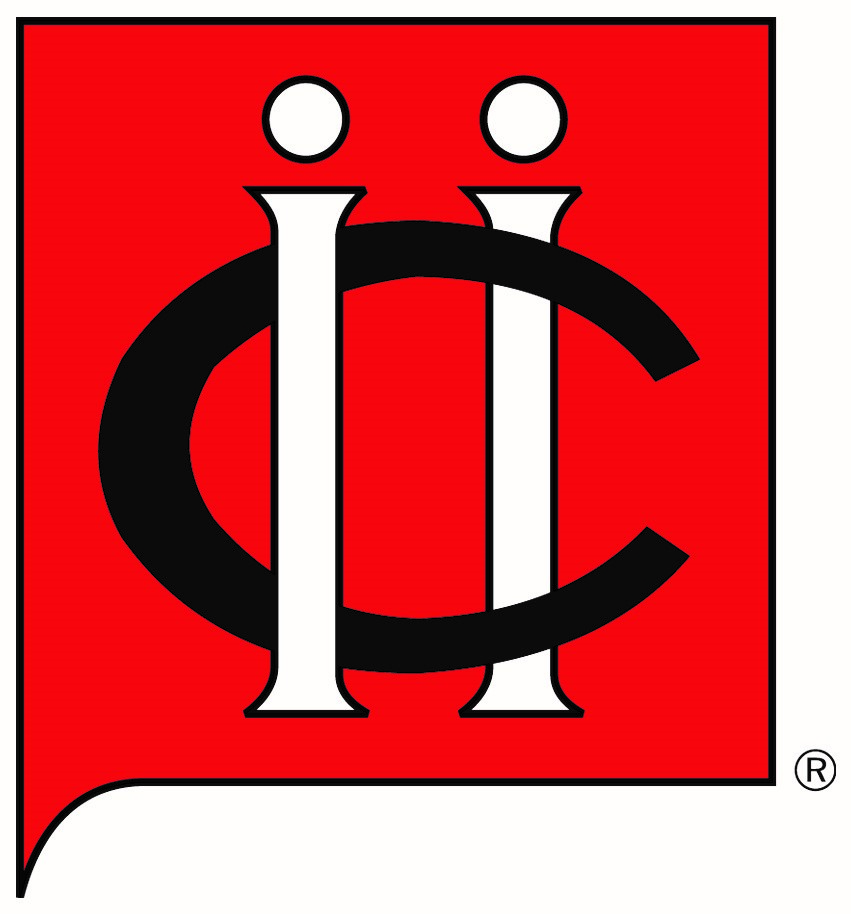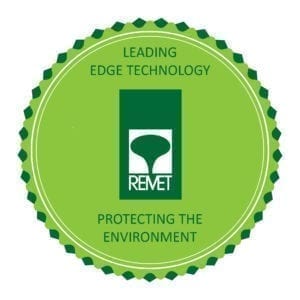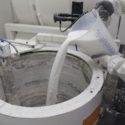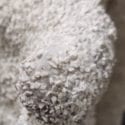Stresses in a Ceramic Shell in the Investment Casting Industry

Following another successful ICI show, you can now find Dr. Grant Bradley’s paper – Investigating the Behavior of Casting Wax During the Autoclave Process.
Previously we have reported on REMET’s investigations into a casting waxes behavior during injection and subsequent cooling when pattern making in an investment casting foundry. This investigation pioneered the use of controlled stress rheometry (alongside DMA and DSC) furthering our understanding of specifically the conditioning and crystallization of wax.
This paper investigates the behavior of wax during the autoclave process. Through the use of temperature ramped controlled stress rheometry (yield measurement) and temperature controlled FTIR it will become clear that the investment casting industry’s previous assumptions of a casting waxes behavior in the autoclave have been flawed. Drawing on results obtained from Birmingham (UK) University’s FOCAST (Fundamentals Of investment CASTing) programme, experiments have been carried out to investigate factors affecting the flow and absorption characteristics of wax at the shell/wax interface during the early stages of the autoclave process. The results of this investigation evidence the limitations to the penetration and quantity of wax absorbed by a ceramic shell. With this information a foundryman will be able to have a greater level of understanding of the stresses experienced by a ceramic mold, and the MOR required to resist shell cracking.
Click here to download a copy of the paper now.
< Back to News



